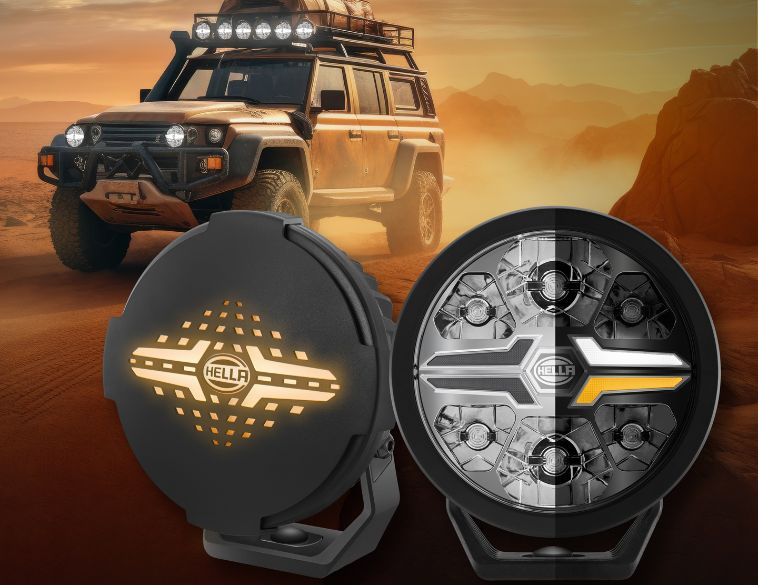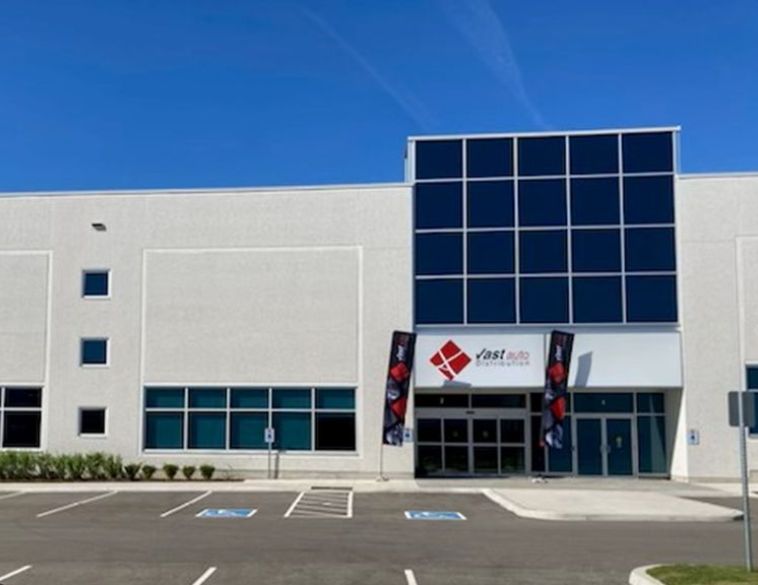ADAS Calibrations are becoming standard practice for both collision and mechanical repairs, yet there are still some misconceptions about them.
Advances in vehicle technology and growing connectivity mean that today, electronic diagnostics and calibrations are an essential part of vehicle repairs. Whether you operate a mechanical, auto glass or collision repair facility the fact is that, in order to fix late-model vehicles successfully, you will need to integrate advanced diagnostics, scanning and ADAS calibration into your repair processes.
While the idea may be daunting for some shop owners/managers, who see it as venturing beyond their comfort zone, those businesses that have been quicker to take advantage of this electronic shift are already reaping the benefits by differentiating themselves from the competition.
Investment and training
Because ADAS calibrations are still a relatively new concept, there is often a good deal of confusion and misconception around them. One of the most frequent concerns is new equipment investment and training. While it’s true that ADAS calibrations on Japanese and European vehicles tend to require an expansion of resources, this kind of equipment overhaul doesn’t tend to be necessary when simply introducing the processes to your shop with domestic models. In most cases, domestic vehicle calibrations are dynamic, meaning the technician takes the car for a road test and the vehicle performs calibrations while being driven. Performing these dynamic calibrations is a great way to test the ADAS waters and calculate risk, and all you really need to perform them is a good scan tool.
While it is true that OEM processes regarding ADAS calibrations can be time-consuming, the actual calibrations themselves tend to be very intuitive and user-friendly, particularly when you use advanced tools, like Bosch’s DAS 3000. Obviously, embracing a new process means encountering a lot of unknowns, but it’s worthwhile for shops to take advantage of the novelty of the process and familiarize themselves early so they can establish themselves as an authority on ADAS calibrations.
Consistent work plan
Being successful with ADAS calibrations requires creating a consistent work plan with documentation at its core. This should include implementing pre- and post-scans—ensuring you have the necessary equipment at your disposal, as well as conducting research on the unique requirements for a particular repair. For example, the replacement of a steering rack may not directly come in contact with an ADAS sensor, but it will impact the steering and require a vehicle’s ADAS sensors to be recalibrated.
Another factor to consider is hiring and training staff. Modern ADAS equipment tends to be intuitive, meaning it’s user-friendly and doesn’t require a lot of additional instruction to use correctly. That being said, the troubleshooting and diagnostics aspect often requires additional training. Shop owners/managers also need to bear in mind there are a lot of fresh faces in the industry looking to get a start with ADAS, but, with the right training and investment, they will be able to jump right in with intuitive equipment.
Documentation matters
In today’s world documentation is key, particularly if a shop finds itself dealing with an unhappy customer or any specific calibration claims. This includes pre- and post-scan reports, any information related to Diagnostic Trouble Codes (DTCs) in those scans and odometer readings for any dynamic calibrations or road tests. It also doesn’t hurt to timestamp this information as well to help show a timeline of the repair process.
Because ADAS calibration is fairly new to the automotive space it does come with a lot of unknowns. With a little training and the right tools, however, technicians will find it isn’t as complex as they originally may have thought. They may even find that the technology helps them complete their tasks faster and more efficiently. There’s a huge opportunity for shops to become the experts in this new technology and establish themselves as the go-to centre for diagnostics in the new automotive repair market that’s emerging today.






 LASALLE
LASALLE Full time
Full time


